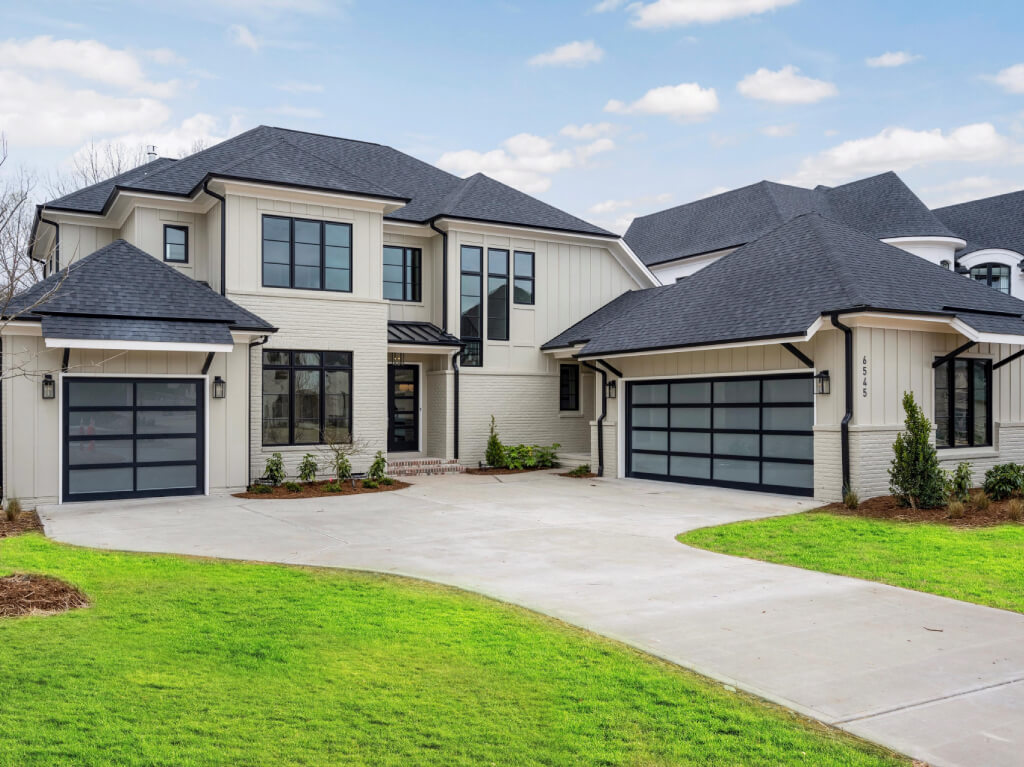8 types of grasses for the perfect yard in the Triangle

Summer is just around the corner, and as the heat kicks up, you’re probably already thinking about making your yard look its best. North Carolina’s moderate winters and hot summers require specific types of grasses for our specific climate. Our guide will have your yard flourishing throughout the seasons from summer grasses that tolerate heat to winter grasses that stay green even during the holidays. Keep in mind a blend of these types of grass seeds will help your yard stay green all year.
Here are the eight types of grasses that are perfect for the Triangle area.
Summer grasses for the Triangle
Warm-season grasses tend to grow best throughout the hot North Carolina summers, but once the cold weather begins, they brown until spring returns. You’ll need to plant and seed in late spring and early summer for the best results. These grasses include the following:
Bermudagrass — This grass is exceptional if you have patches of bare ground. It is fast to spread and is tolerant of dry locations. It doesn’t do well in shady spots but will grow densely in full sunlight. It should be mowed regularly—twice a week if possible—and it holds up to wear and traffic very well. Common bermudagrass can be seeded, but you can also plant this grass with sods and plugs. Watch this grass so it doesn’t take over your flowerbeds!
Zoysiagrass — This dense, stiff grass is a weather-resistant turf that is low maintenance but may take some time to become established. The great thing about this grass is it rarely needs irrigation to grow. It also doesn’t need frequent mowing but should still be cared for regularly as it can become thatchy. Some versions of this grass can be seeded, but many are planted with plugs.
Centipedegrass — You’ll need to seed this grass regularly, as it often takes two to three years to become fully established in your yard. Once it takes hold, this coarse, apple-green grass is a great general purpose turf that is easy to maintain. It’s a bit temperamental, as it does need to be watered regularly, seeded in sunny areas, and it should remain between 1-2 inches in height. But otherwise, it is a great overall grass for a green winter yard.
St. Augustinegrass — This fast-growing grass is a medium to dark green that results in a thick, lush lawn when it’s well maintained. It’s planted using plugs, and it grows well in very rich soils that drain well. It will need to be mowed frequently to keep it in its best condition. Look for the Raleigh blend of this grass, which offers a higher cold tolerance than other St. Augustine blends and was adapted for the Triangle area.
Carpetgrass — This slow-growing grass has a coarse texture and “creeps,” which helps it round out in patchy locations where some grasses may not grow. It grows well in full sunlight and some shade. It needs infrequent mowing to maintain it.
Winter grasses that will flourish in Raleigh-Durham
The great thing about winter grasses is they are hardy enough to withstand cooler temperatures and will remain green most of the winter. To get the best grass throughout the year, seed with these grasses in early fall and mid-February to late March. These grasses include the following:
Tall fescue — This grass creates a green lawn throughout the year. It’s a reliable grass that starts well as seed, particularly when several of its cultivars or other types of grasses are mixed and seeded together. It thrives in the sun, and it does well in hot, dry weather, as well as in the cold. If the summer gets too dry, simply water it to keep this blend looking its best the rest of the year.
Kentucky bluegrass — This high-quality grass should be combined with tall fescue to perform its best. It needs fertile, well-draining soils, and sun and moderate shade. This grass has shallow roots, which means it doesn’t tolerate heat and drought well, though it does recover easily from these issues. This grass can easily be seeded alongside tall fescue for a lush lawn through the year.
Fine fescues — Fine fescues include creeping red, chewings, and hard fescues, which are known for their fine leaves. These grasses are often combined with tall fescue and Kentucky bluegrass. They tend to bunch, and not spread as other grasses do. These seeds also establish quickly. Care for them the way you do your Kentucky bluegrass.
To find the perfect blend of grass for your Triangle home, visit your favorite local garden shop. They typically offer seed blends specifically for the region that will root well when you’re ready. Or contact your favorite landscaping company to discuss sod options for your home.


